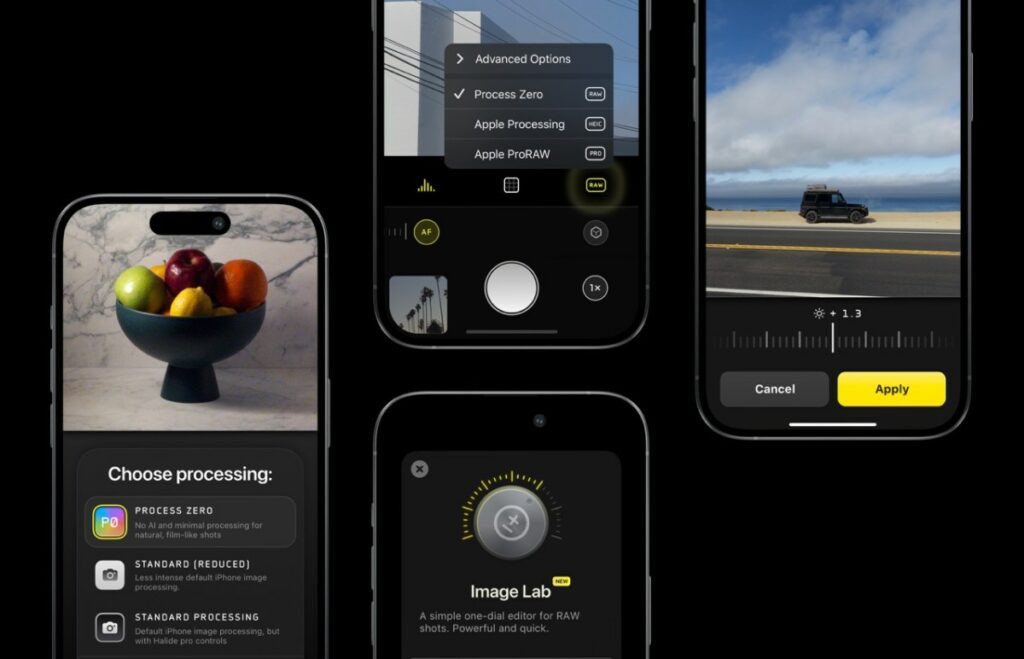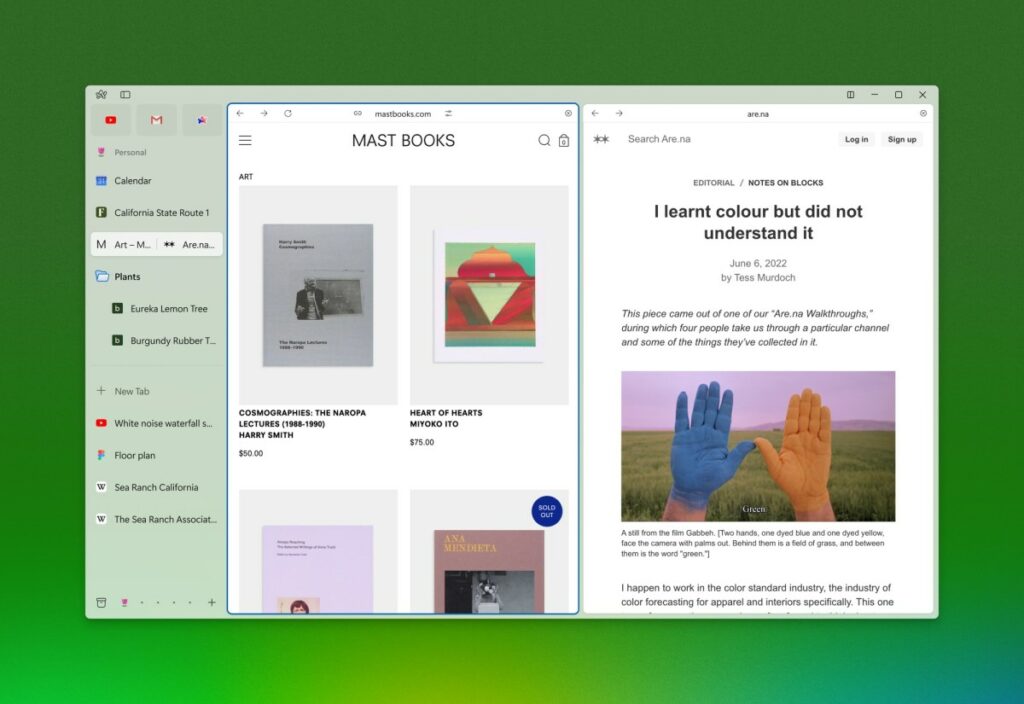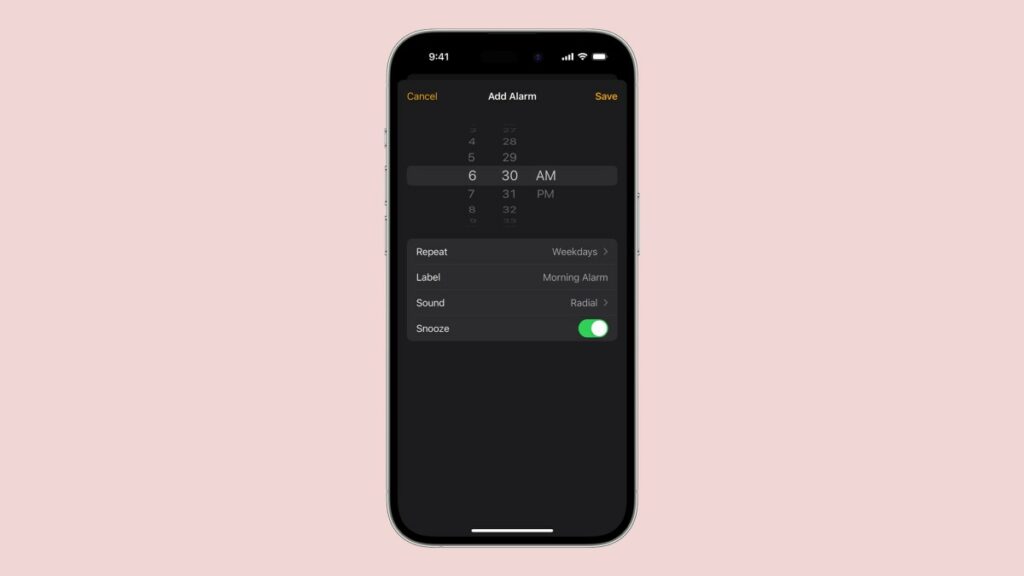Popular iOS pro photography app Halide launched its new version today with a new feature called Process Zero, which does not use AI in image processing. Lux Optics, the company behind the Halide app, believes that this option can be a creative tool for photographers to take different kinds of snaps.
The company previously allowed users to reduce default image processing on the app. The new option skips the standard image processing and is based on a single exposure RAW file. Halide uses 12-megapixel RAW DNG files for Process Zero pictures. The company said using the fast processing pipeline gives it a 10-25x speed advantage over Apple’s ProRAW capture.

Halide said that the new option will incorporate natural sensor grain and slight color aberrations, so it is less useful in low-light conditions. However, it will help photographers recreate the classic digital camera look.


In the past few years, apps like Mood Camera, Lapse, Dispo, and Later Cam have tried to bring retro style back into vogue through different app features and limitations. Halide’s approach is to leave all the background processing behind to create a natural look.
“Many of Apple’s groundbreaking steps in image processing benefit users tremendously, and with Process Zero, you can see exactly what it does when you take it all away,” the company said in a blog post.
“Lux Optics believes strongly that as photographic processing on cameras continues to evolve, we want to offer photographers a choice of processing, making it a creative tool like choosing a lens or film stock,” it added.
The company is also adding a new feature called Image Lab, which allows users to tune exposure and re-develop photos taken with the Process Zero option.

Halide 2.15 update will be available to all current users with backward compatibility for users of iPhone X and iPhone SE.
The company is offering a discounted price of $11.99 for the annual subscription for a week. You can also spend $59.99 for a lifetime membership option.
Earlier this year, Lux Optics launched a new app called Kino for videographers with features like indicators for audio levels, recording format presets, focus peaking, and an RGB waveform.


